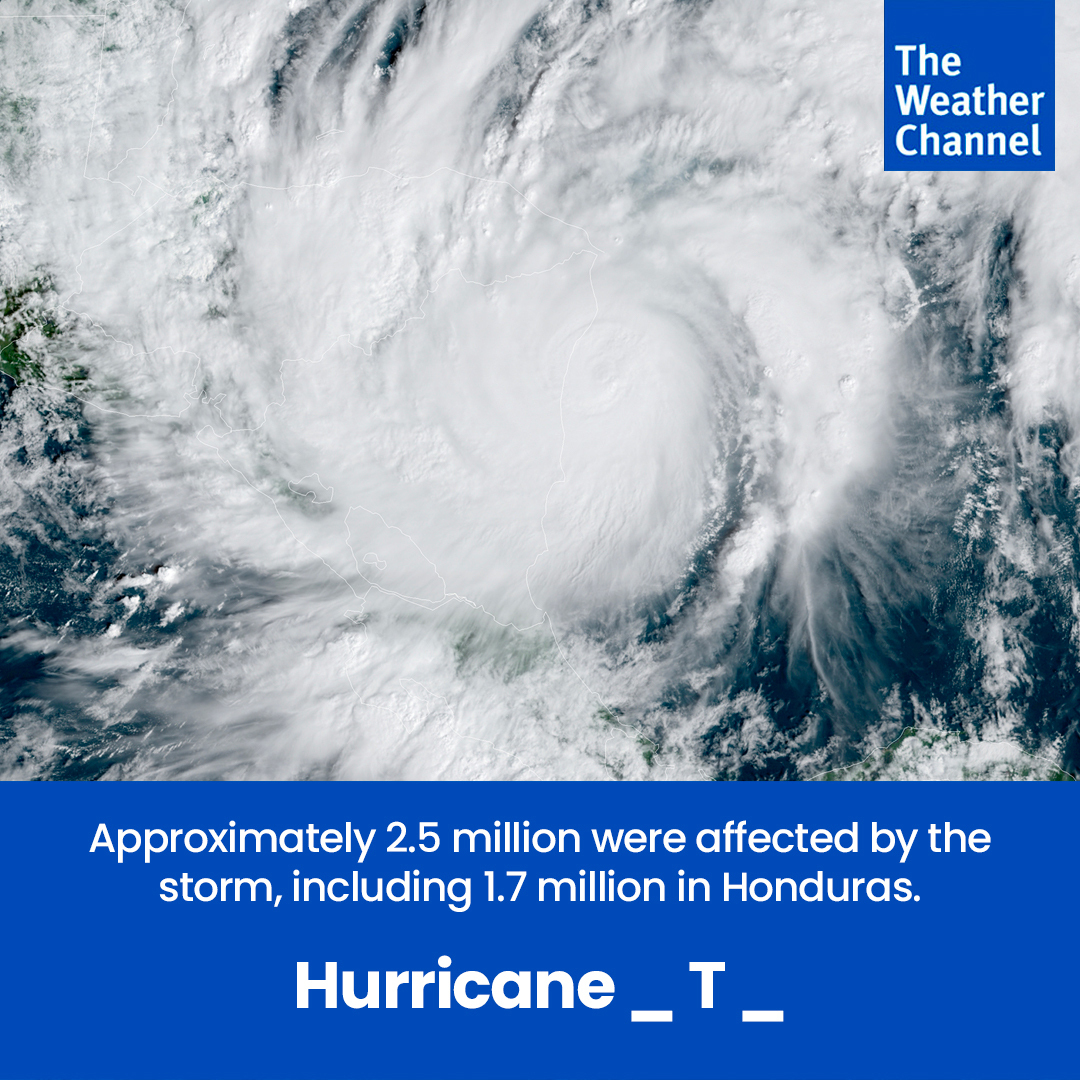
📢#WhatThe2020 | Fill in the blanks.
The 2020 Atlantic hurricane season ended with 30 named storms (All-time record), 13 hurricanes and six major hurricanes including five Category 4 hurricanes (All-time record).
We'll reveal the answers at 6 PM on Monday ⌛️
The 2020 Atlantic hurricane season ended with 30 named storms (All-time record), 13 hurricanes and six major hurricanes including five Category 4 hurricanes (All-time record).
We'll reveal the answers at 6 PM on Monday ⌛️

• • •
Missing some Tweet in this thread? You can try to
force a refresh














